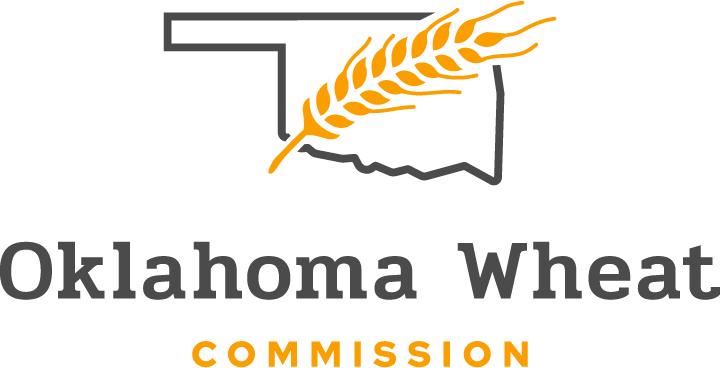
Agricultural News
Anderson Recaps Wheat Market, Monday's USDA Report
Thu, 08 Jan 2015 20:43:48 CST

Wheat farmers had some good opportunities to take advantage of the bump in wheat market over the last month. On this weekend's edition of SUNUP, Oklahoma State University Crop Marketing Specialist Kim Anderson recaps the swings in the wheat market.
November ended with cash prices in Oklahoma right at $6 per bushel, by mid-December that price increased to $6.60 providing a great opportunity to market both new crop and crop wheat. December ended the month right at $6 and since the first of January, prices have continued to fall. He said farmers need to look for these marketing opportunities.
"I think the big lesson in December is, if you get a price rally in wheat you need to take advantage of that," Anderson said. "Right now I am still predicting the cash price at harvest about $5.75. That's going to get your July contract somewhere around $6, a little above $6. You get a rally, take advantage of it."
SUNUP host Lyndall Stout asked Anderson about the factors that driven the market both up and down in recent weeks. He said in December the big driving factor was the funds adjusting their positions, as they were short the wheat and they had to buy their way out of those short positions. Russia was also stopping exports and Australia's wheat production coming in lower than expected. The nation's hard red winter wheat crop conditions also declined.
"We've got adequate moisture, but moisture is still in short supply," Anderson said. "You've got this extremely cold weather, you've got little to no snow cover and market is worried a little bit about freeze damage on this crop."
On Monday, the US Department of Agriculture will release the January World Agricultural Supply Demand and Export Report (WASDE) along with the planted winter wheat planting report will come out. Anderson said for the WASDE report for wheat the market is anticipating wheat ending stocks will go up 666 million bushels, up from 654. The planted acres for all winter wheat will come in about 42.56 million acres. That's up from 42.4 million, so a slight increase. He said hard red winter wheat acres will come in about 31 million acres, compared with 30 and half last year, up three and half percent. Soft red winter wheat planted acres look to come in at around 8 million acres, down from 8.5 million.
In looking at corn and soybeans, Anderson anticipates slight changes. He said if you look at the ending stocks for corn 1.927 million, down from right at 2 billion bushels, soybean ending stock 393 million, down from 410 million. He thinks those are minor changes.
"The big thing to watch on these reports on both wheat, corn and beans is if USDA numbers don't come out with trade expectations," Anderson said. "If that happens, we could have some price movements."
This week on SUNUP, we visit OSU's Stored Products Research Education Center (SPREC) to talk with Carol Jones about the differences between storing wheat and canola.
Then, Kevin Moore, an OSU research engineer, tells us about a current canola storage study underway at SPREC.
-- In the Mesonet report, Al Sutherland and Gary McManus analyze 2014 rainfall totals, the latest drought monitor and January's precipitation outlook.
-- Then, Brian Arnall demonstrates several mobile apps that feature scouting tools.
-- Kim Anderson recaps December's wheat price trends, as well as offers a preview of the upcoming supply and demand and plantings reports.
-- In Cow-Calf Corner, Glenn Selk tells us how calf delivery lengths vary between first-calf heifers and mature cows.
-- Next, Randy Boman has a preview of the Red River Crops Conference Jan. 27-28 in Childress, Texas.
-- In Food Whys, Rodney Holcomb explains the difference between food cooperatives, community supported agriculture and farmer's markets.
-- Finally, a reminder for viewers who may be interested in enrolling in OSU's first Massive Open Online Course (MOOC) called Farm to Fork: A Panoramic View of Agriculture.
Catch SUNUP online through the OSU website by clicking here or through YouTube by clicking here.
Catch SUNUP: Saturdays at 7:30 a.m. & Sundays at 6 a.m. on OETA-TV
SUNUP can be seen on OETA across the state of Oklahoma- Dr. Anderson's segment on the markets is one of the standard features of this weekly show from Oklahoma State University. Catch SUNUP online through the OSU website by clicking here or through YouTube by clicking here.
WebReadyTM Powered by WireReady® NSI
Top Agricultural News
More Headlines...




















